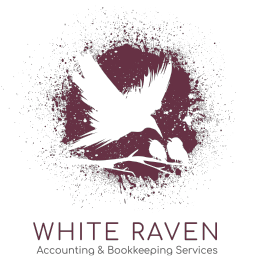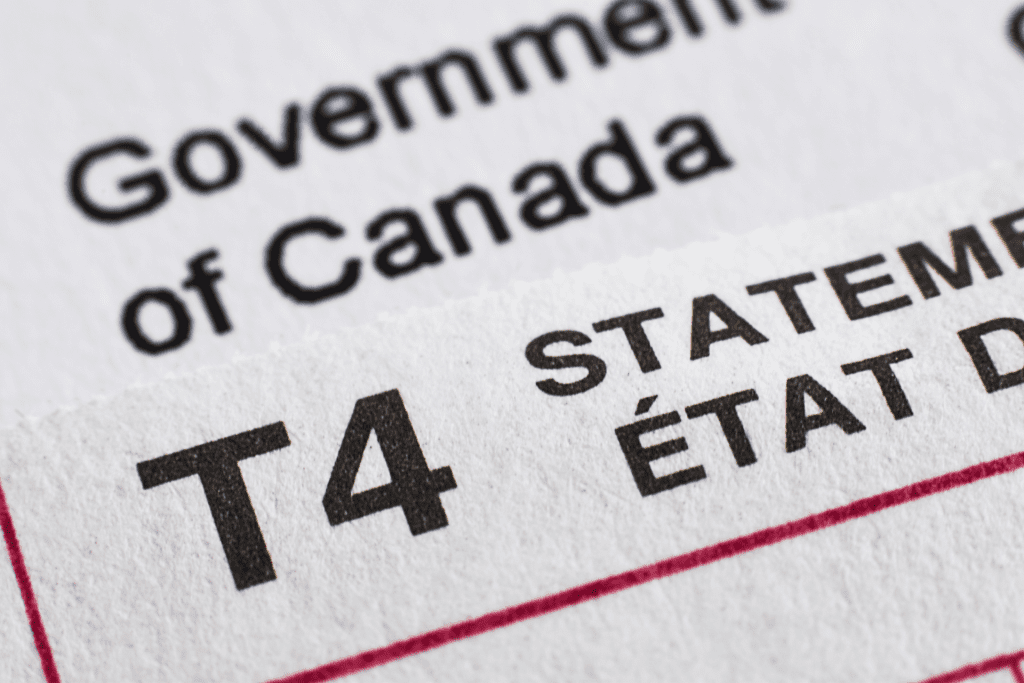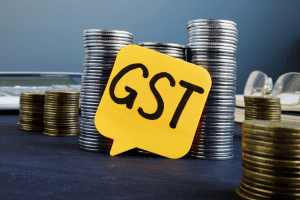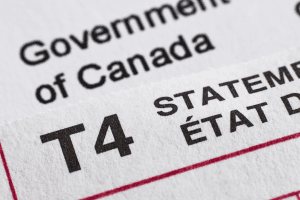If it’s your first time filing taxes in Canada, the process can feel overwhelming. Between gathering the right documents, understanding deductions, and meeting CRA deadlines, it’s easy to feel unsure about where to start. The good news is, with the right preparation and guidance, filing your taxes for the first time doesn’t have to be stressful. In this guide, we’ll walk you through what you need to know so you can file confidently and avoid common mistakes.
Who Needs to File a Tax Return in Canada?
Not everyone is required to file a return, but if you earned income in Canada or received government benefits like CERB or EI, you likely need to file. Even if your income was low or zero, submitting a return can unlock credits such as the GST/HST credit or the Canada Workers Benefit.
You must file if any of the following apply:
- You had employment or self-employment income
- You received taxable government benefits
- You want to claim a tax refund or carry forward tuition credits
Filing also helps establish eligibility for future benefits, so it’s a smart move regardless of income level.
What You Need Before Your First Time Filing Taxes in Canada
Getting organized beforehand makes the process smoother. Most people need:
- A valid Social Insurance Number (SIN)
- Tax slips such as T4s, T5s, and T2202s
- Receipts for deductible expenses, like medical or RRSP contributions
First-time filers often miss out on credits simply by not including all eligible receipts. If you’re unsure what counts, a good starting point is reviewing a comprehensive deductions list.
Also, if you want your refund fast, setting up direct deposit with your banking info is a must.
Setting Up Your CRA My Account For Your First Time Filing Taxes In Canada
Before you file, it’s worth registering for a CRA My Account. This secure portal allows you to:
- Check your refund status
- Review your Notice of Assessment
- Access past tax slips and contribution limits
Creating an account involves a few steps and often includes receiving a security code by mail. Though it can take a week or two, it’s a valuable tool you’ll use each year.
CRA My Account also lets you fix mistakes on past returns and keep track of important communications. It’s one of the best ways to stay on top of your tax situation and avoid unwanted surprises, especially when it comes to CRA audit risks.
How to File Your Taxes In Canada For The First Time
There are several filing options depending on your comfort level:
If you’re confident with forms, online tax software is the most popular choice. Platforms like TurboTax, UFile, and Wealthsimple Tax are free for basic returns and walk you through the process step by step.
Prefer a human touch? Working with an accountant might be the better fit, especially if you have multiple income sources, tuition carryforwards, or want to be sure you’re maximizing your refund.
Paper filing is still an option but not recommended due to slow processing and higher error rates. Most Canadians use NETFILE-compatible software for speed and ease.
Common Deductions and Credits Often Missed When Filing Taxes in Canada
If it’s your first time filing taxes in Canada, it’s easy to miss valuable opportunities to reduce your tax bill:
- Tuition amounts can often be carried forward to future years if you don’t need them now.
- RRSP contributions lower your taxable income and help with long-term savings. Learn more in our RRSP guide.
- Student loan interest is deductible and easy to miss if you don’t keep track.
- Some medical expenses, like dental or therapy, qualify for a tax credit.
You might also consider whether opening a TFSA or FHSA makes sense for your financial goals. Our breakdown of TFSA vs RRSP vs FHSA covers which account may be the most beneficial depending on your situation.
Filing Taxes In Canada? When Are They Due?
Tax deadlines are important, especially if you owe money. For most individuals, your return and any taxes owed are due by April 30. If you’re self-employed, you have until June 15 to file your return—but your payment is still due by April 30.
Failing to file on time can lead to penalties and daily interest charges. Even if you can’t pay your full tax bill right away, filing by the deadline avoids the late-filing penalty, which is often much higher than interest alone.
If you need to double-check the exact dates or how penalties apply, you can find a full breakdown on the CRA site or in this detailed article on tax deadlines in Canada.
What If You Make a Mistake When Filing Taxes in Canada?
It happens more often than you’d think. A missed slip, a typo in your income, or forgetting to claim a deduction can lead to an incorrect return—but it’s usually fixable.
If you filed using NETFILE-certified software, you can often submit a correction using the ReFILE service. Alternatively, logging into CRA My Account gives you access to older returns and lets you submit an adjustment request.
Don’t ignore notices from the CRA. If they ask for clarification or documents, respond promptly to avoid delays or penalties. It’s not always an audit—sometimes they just need additional proof.
Final Tips for First-Time Tax Filers
- File even with no income. You may still qualify for benefits like the GST/HST credit.
- Use direct deposit to get your refund faster and avoid lost cheques.
- Keep receipts and records for six years in case CRA asks for them later.
- Avoid scams. CRA will never threaten arrest or ask for payments via gift card.
- Be proactive. Check your CRA My Account regularly to stay informed.
Starting off with good habits makes future tax seasons much less stressful. If you’re unsure about anything, don’t wait until the last minute to ask for help.
Filing taxes for the first time doesn’t have to feel overwhelming. If it’s your first time filing taxes in Canada, working with a trusted CPA can give you peace of mind, ensure nothing is missed, and even help you uncover valuable savings. Contact White Raven Accounting today to book your consultation and let our friendly, CPA-led team make your first tax filing stress-free and successful.
